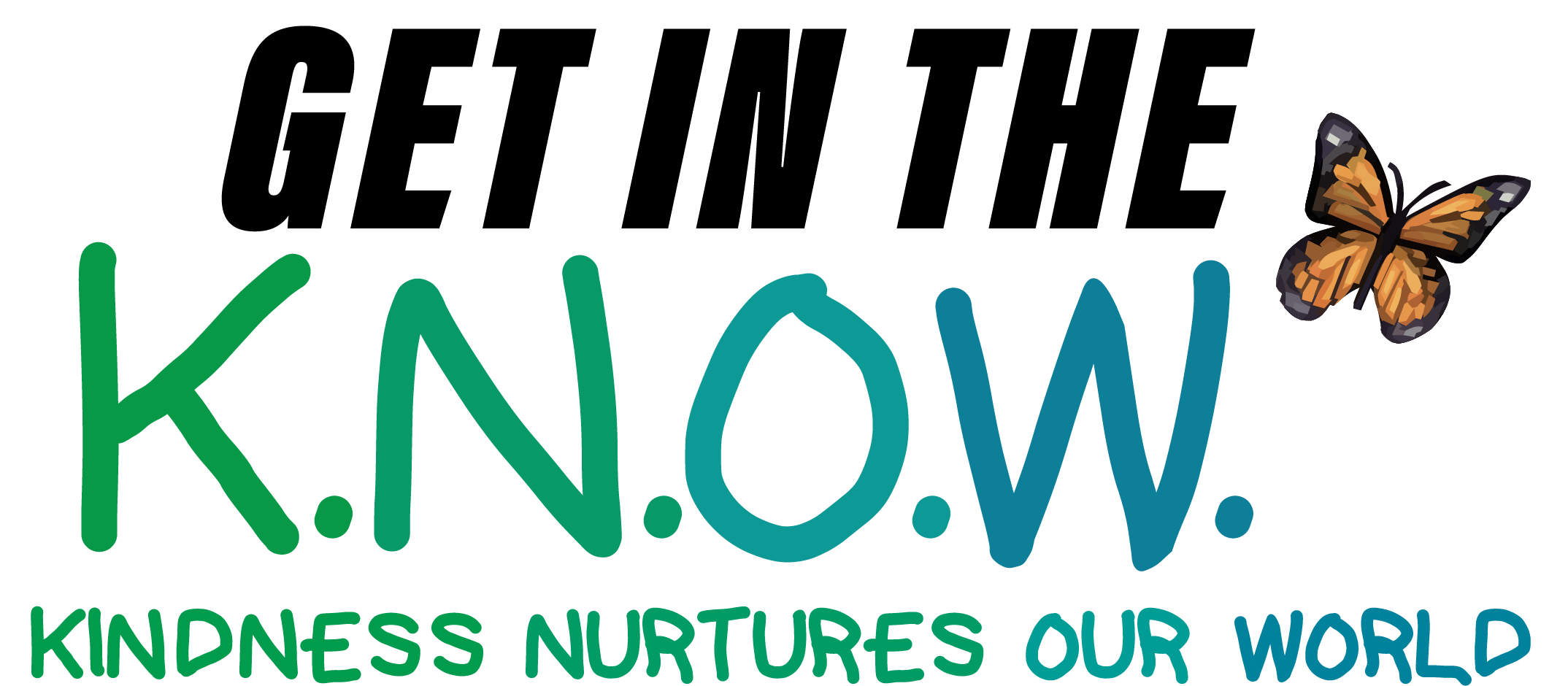How does ABA therapy work?
Applied Behavior Analysis (ABA) is a therapy based on the science of learning and behavior. ABA therapy applies our understanding of how behavior works to real situations. The goal is to increase behaviors that are helpful and decrease behaviors that are harmful or affect learning.
Applied Behavior Analysis
Applied Behavior Analysis is a set of principles that form the basis for many behavioral treatments, which are widely uses in education, healthcare, business management, and other fields. It is based on theories of learning and behavior, and it establishes a general set of “laws” about how behavior works and how learning takes place. In ABA, the term “behavior” refers to all types of actions and skills, not just “misbehavior.” In ABA therapy, the principles of learning and behavior are applied to help bring about changes in target areas, including increasing positive or desired behavior and decreasing behavior that interferes with learning or may be harmful.
ABA therapy includes many different techniques, all of which focus on “antecedents” (what happens before a behavior occurs) and on “consequences” (what happens after the behavior). One common technique is “positive reinforcement,” which is based on the principle that when behavior is followed by something that is valued (a reward), that behavior is more likely to be repeated. For ABA therapy, positive reinforcement is used in a way that can be measured in order to help bring about meaningful behavior change.
Applied Behavior Analysis
ABA Therapy generally focuses on improving specific behaviors, such as social skills, communication, reading, and academics. It also focuses on adaptive learning skills, such as fine motor dexterity, hygiene and grooming, life skills, self care, and even job competence. ABA is considered an evidence-based “best” practice treatment by the US Surgeon General and by the American Psychological Association. “Evidence based” means that ABA has passed scientific tests of its usefulness, quality, and effectiveness. It is a widely recommended form of treatment for autism spectrum disorder. Many studies have demonstrated that comprehensive, individualized and intensive early intervention programs combining multiple ABA techniques can result in significant improvements in learning, reasoning, communication and adaptability in pre-school children with autism who participate in high-quality ABA programs. As with all treatment approaches, some children made greater improvements than others, and a small percentage of children showed relatively little improvement. It is unclear why some children benefit from ABA and others do not.
It’s Not a “One Size Fits All” Approach
ABA Therapy will look different from one child to the next. It is not a “one size fits all” approach. A skilled therapist customizes the interventions to each child’s skills, needs, interests, preferences, and family situation. Quality ABA therapy will involve the creation of a behavior plan, ongoing assessment and review of progress, the use of a variety of behavior analytic techniques, training for parents/family members, and an emphasis on positive social interactions and enjoyable learning.
To learn more about what to expect with ABA therapy, check out the following resources:

